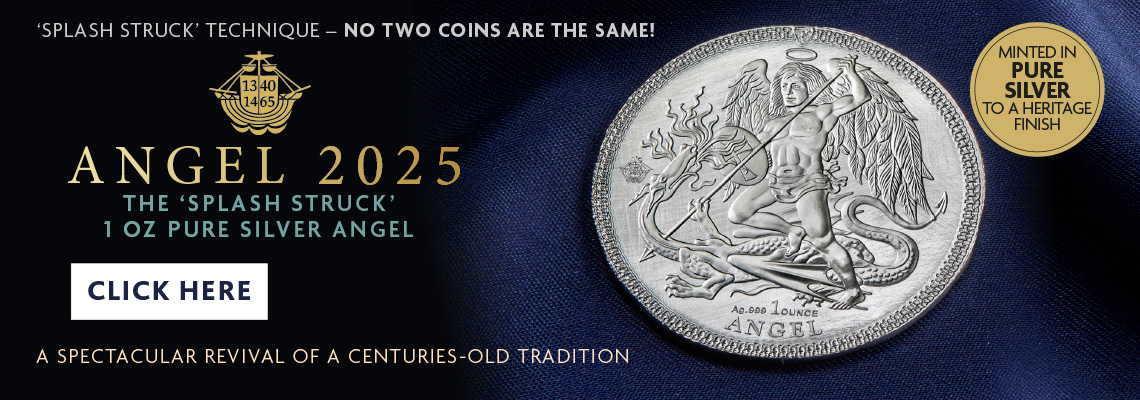
The Angel coin is one of Great Britain’s most enduring and popular coins with a rich history that spans the centuries. First introduced in England in the Middle Ages, the coin quickly became more than just a means of purchasing goods and services - it acquired an officially sanctioned reputation as a royal healing amulet, setting it apart from every other British coin.
The Origins
The first gold coin to depict an angel was struck by King Philip VI of France around 1340. The Angelot (little angel) appeared with a sceptre in one hand and the Royal Arms of France in the other, symbolising Philip’s divine right to rule. This was particularly pertinent as King Edward III of England had also declared himself King of France in that year.
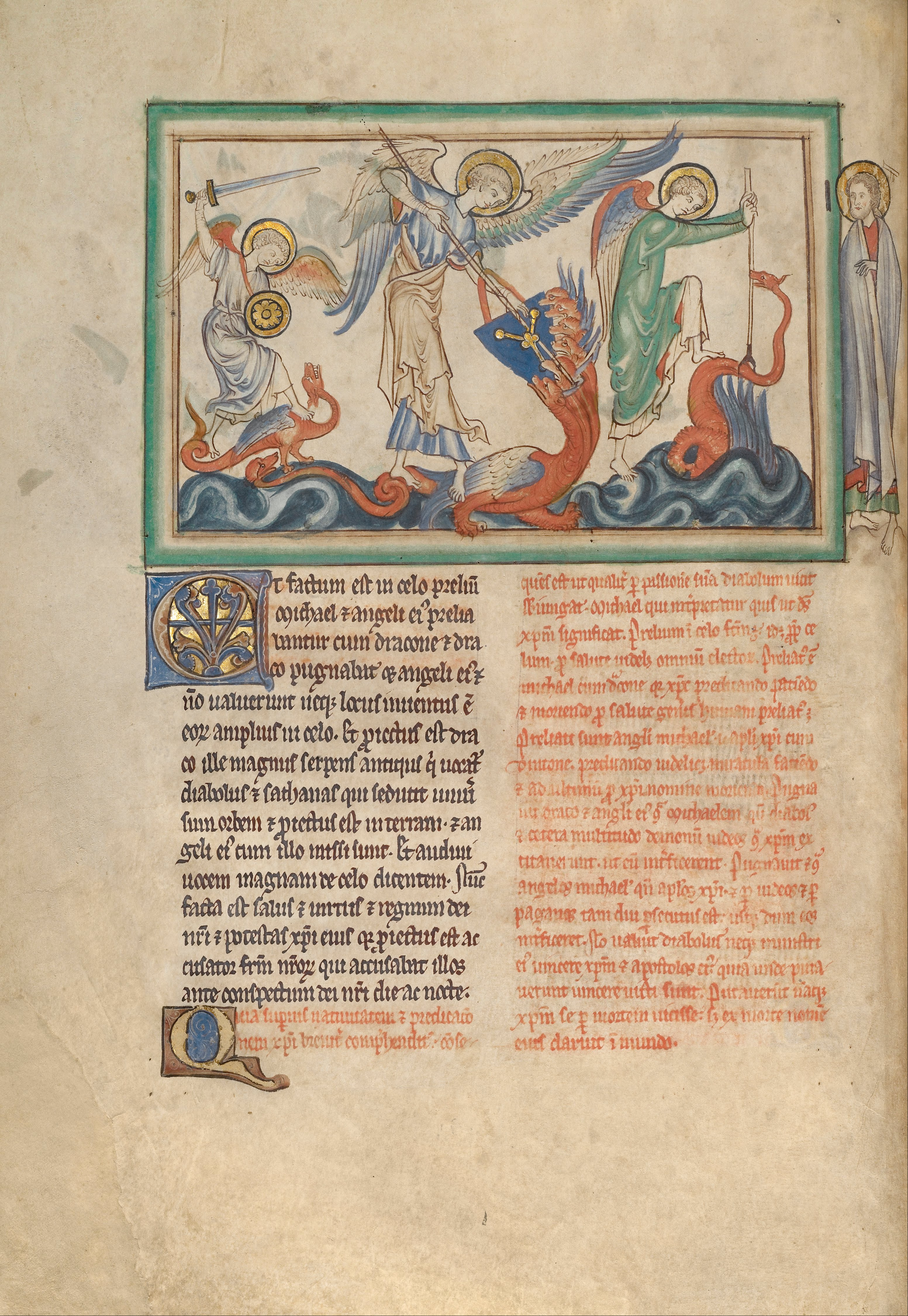
Over a century later, in 1465, King Edward IV introduced the angel into English gold coinage. Inspired by the French Angelot, his striking design depicted the Archangel Michael, the Commander of Heaven’s Army, plunging a spear topped with a cross into a fearsome dragon representing the devil. The triumphant struggle of good over evil is described in the last book of the Bible.
"Michael and his angels fought against the dragon, and the dragon and his angels fought back. But he was not strong enough, and they lost their place in heaven. The great dragon was hurled down—that ancient serpent called the devil, or Satan, who leads the whole world astray." Revelation 12:7-9 (NIV)
The Archangel Michael has long been celebrated as a protector and guardian against evil. Shrines were set up to honour him 1,700 years ago, and he was also proclaimed the angel of healing. Given this long-established tradition, he was an inspired choice for the gold coin.
The coin's reverse design featured a medieval ship bearing the Royal Arms and surmounted by the cross, with a Latin inscription that echoed the theme of healing and protection.
The Gold Angel was popular from the outset, partly because it was worth 6 shillings and 8 pence, which was relatively low in value compared to other gold coins. An average labourer earned about 4 pence a day, so an Angel was less than a month’s wages. A working man may have seen the gold coin from time to time and had the opportunity to appreciate its artistry and craftsmanship.
The Royal Touch
During the reign of King Henry VII, the Gold Angel became incorporated into the royal touch healing ceremony. Successive monarchs used the coin as a ‘touch piece’ in the belief that they could heal their subjects of a painful skin condition called scrofula (also known as ‘The King’s Evil’).
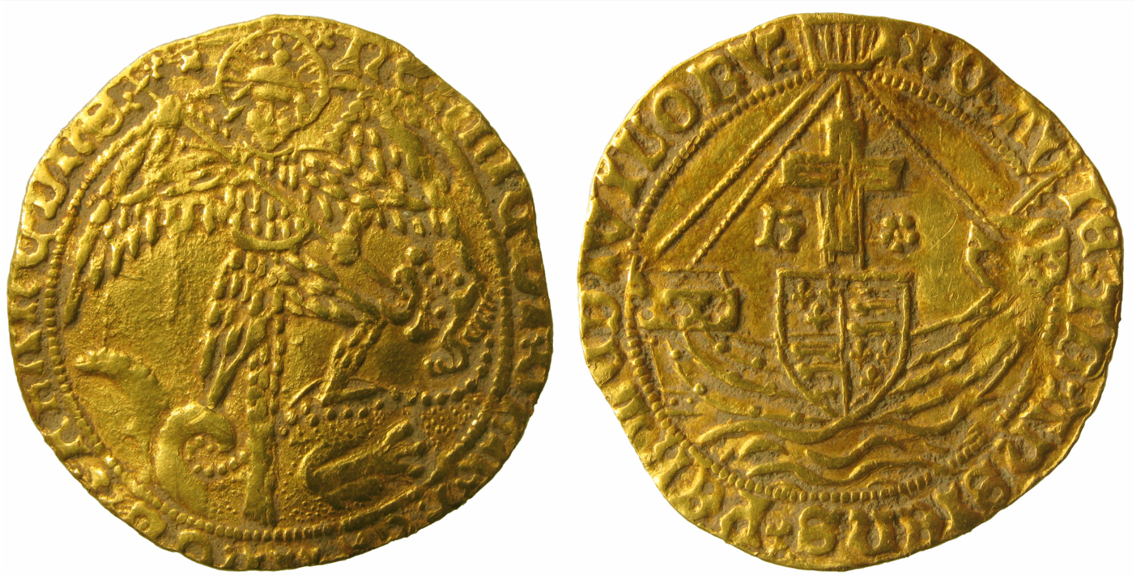
Sufferers were personally presented with an Angel by the monarch to wear around their necks, and these coins became treasured family possessions, passed down through generations.
King Henry VII was determined to cement his claim to the throne by becoming a popular and much-loved monarch. He participated in the royal touch ceremonies, using the gold coins in the ritual. The angel, with its image of the Archangel Michael, was believed to grant the wearer additional protection against disease.
The Angel's value was periodically adjusted to reflect changes in the economy. For example, in 1526, rising gold prices led to the value of the Angel being increased to 7 shillings and 6 pence. The coin's design and inscriptions also changed to reflect the reigning monarch's preferences.
The Culture
The Angel left its mark in literature and culture. William Shakespeare referred to the gold coin in several of his plays, indicating that his audiences were familiar with the coin. In ‘The Merchant of Venice,’ written in 1596-7, he writes.
“They have in England
A coin that bears the figure of an angel
Stamped in gold”
The Merchant of Venice. Act 2 Scene 7
The Angel also influenced the names of many pubs and inns throughout the United Kingdom. For example, the ‘Sign of the Angel’ Inn in Lacock, Wiltshire, was named after the coin and built around the time the Angel first appeared in circulation. ‘The Angel Inn’ in Islington, London is also named after the coin, and the nearby Angel tube station is named after the inn.
The Decline
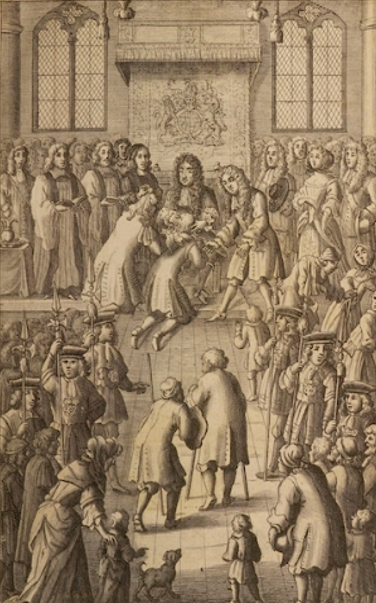
The Angel's life as a circulating coin came to an end in 1643 during the English Civil War. However, its value as a healing touch piece ensured that it remained popular with the public. After the monarchy was restored in 1660, King Charles II re-established the royal touch ceremonies and presented sufferers with gold Angels struck during the reigns of his father and grandfather.
In 1665, King Charles II issued special touch pieces to be used in the royal touch ceremonies. They were struck in solid 22-carat gold and bore a design that was clearly intended to resemble the Angel, with a ship on one side and the Archangel Michael casting out the dragon on the other. The inscription surrounding the angel read, ‘SOLI DEO GLORIA’ (Glory to God Alone).
During his twenty-five-year reign, it is believed that King Charles II touched about 105,000 patients to heal them of the King’s Evil. This equates to him touching nearly 400 sufferers every month, so it was clearly a task that was very important to him.
The last royal touch ceremony was held in England by Queen Anne on 27 April 1714, three months before her death. Her successor, King George I, considered the ritual to be superstitious, and it was never performed by a British monarch again.
The Rebirth
In 1984, the Isle of Man Government decided to reintroduce the Angel on both gold and silver coins. The new design depicted the Archangel Michael driving a spear into the neck of a dragon, with intricate Viking motifs around the rim. Given the reverence in which the heavenly warrior is still held by people around the world today, the coins have quickly become highly sought after.
With its exquisitely detailed design, rich history and long association with healing and protection, the Angel is always one of this country’s most coveted annual releases. This year, the coin pays tribute to its historic predecessors by featuring an extremely rare ‘Splash Striking’ minting technique and a strictly limited one-year-only privy mark exclusive to The London Mint Office.
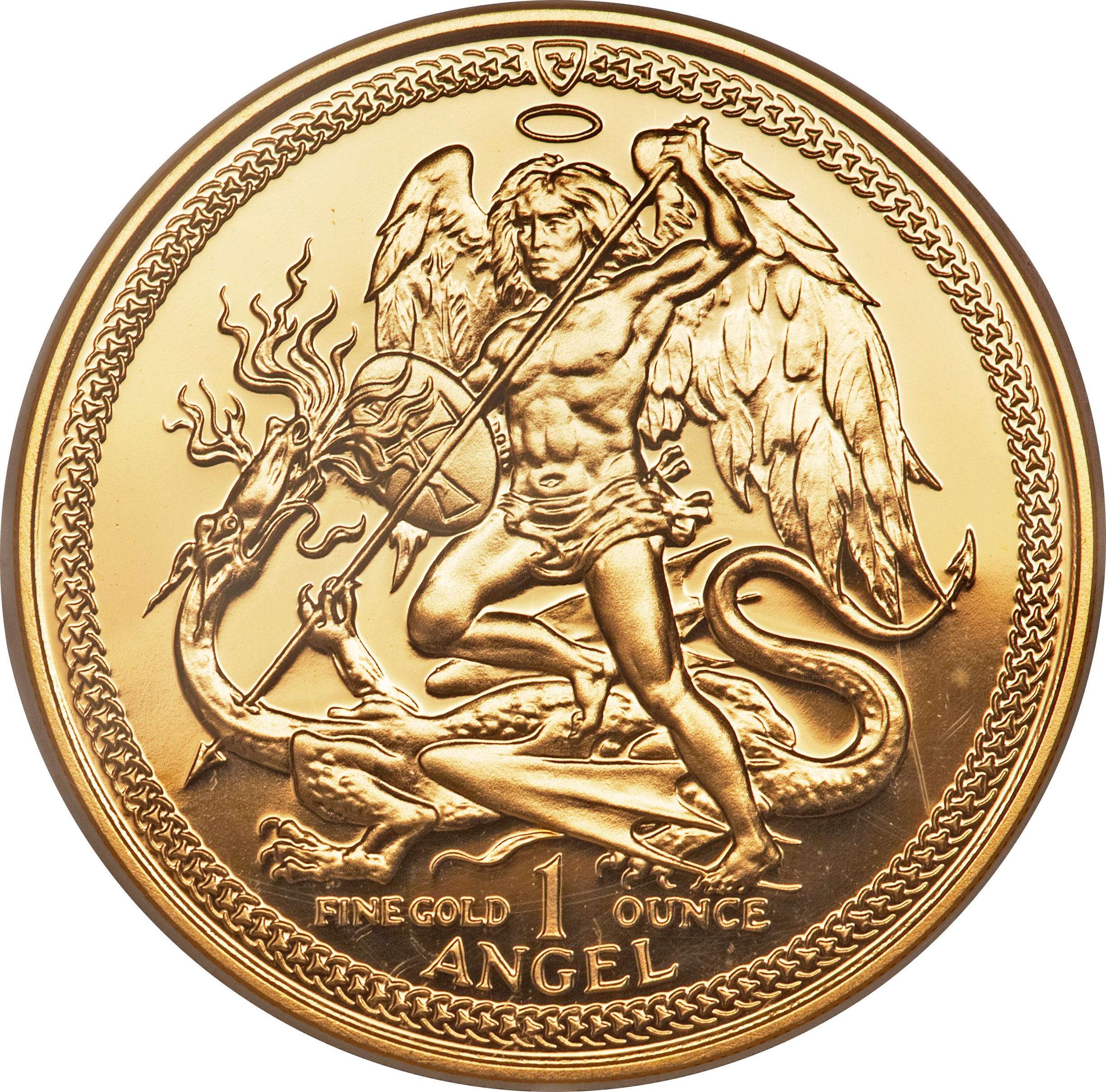
Throughout the Middle Ages, the Angel was produced using the ancient practice of placing the metal coin blank between two dies and striking the outer die sharply with a hammer. Later in the seventeenth century, milled coinage using mechanical presses replaced hammered coinage. One of the advantages of this new technology was that coin blanks were placed in a collar during the striking process, which gave them a distinctive edge and a uniform size and appearance.
To properly commemorate the great heritage of the Angel, this year’s coin has been struck without a collar using a process known as ‘Splash Striking.’ This gives the coin an appearance that more closely resembles the look and feel of medieval hand-hammered coinage. Without a collar to control the displacement of the metal as the coin is struck, the coin appears flatter and broader than usual, with its shape likely to be slightly irregular and not perfectly round.
Though the precious metal content and weight remain unchanged, no two coins produced without a collar are ever identical, meaning that each 2025-dated coin will have a truly unique appearance!
The Angel has always been more than just a coin struck in precious metal - its history has transformed it into a powerful amulet or talisman, with a proud tradition of bringing divine healing and protection to those fortunate enough to own one. The coin's historic connection with royalty, together with its reputation for providing supernatural assistance, continue to capture the popular imagination just as it has done for nearly seven centuries.

